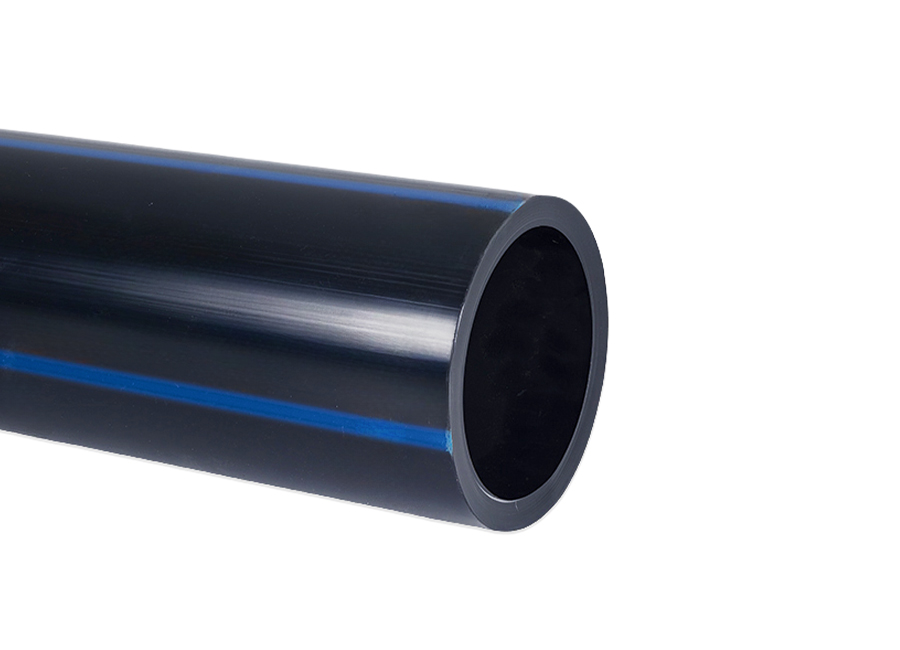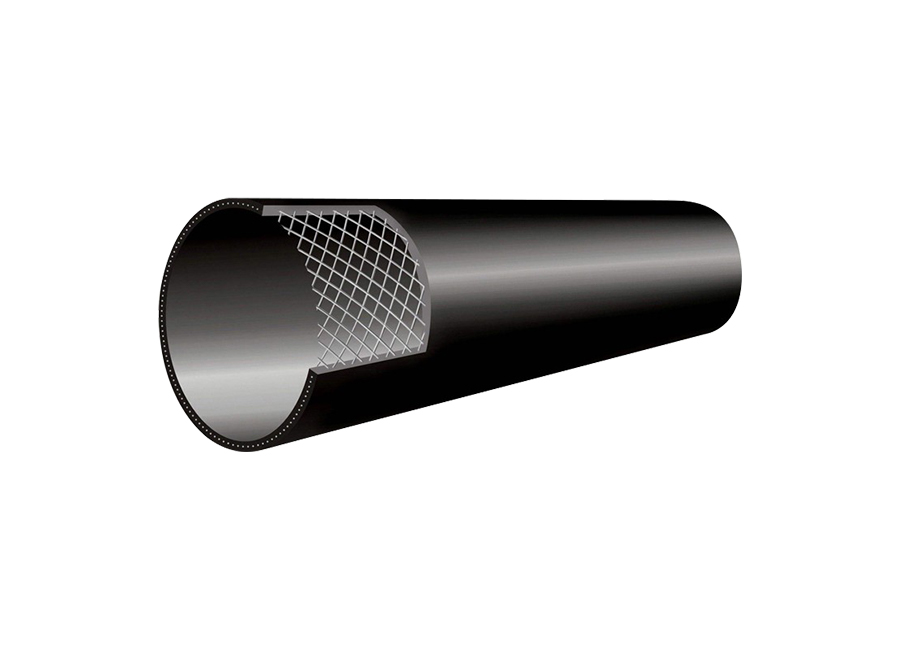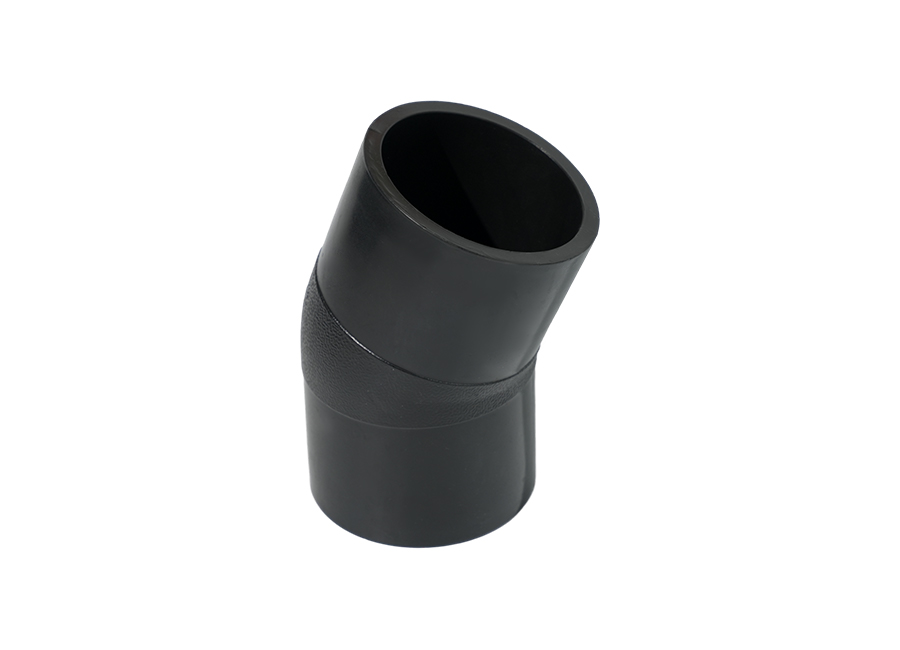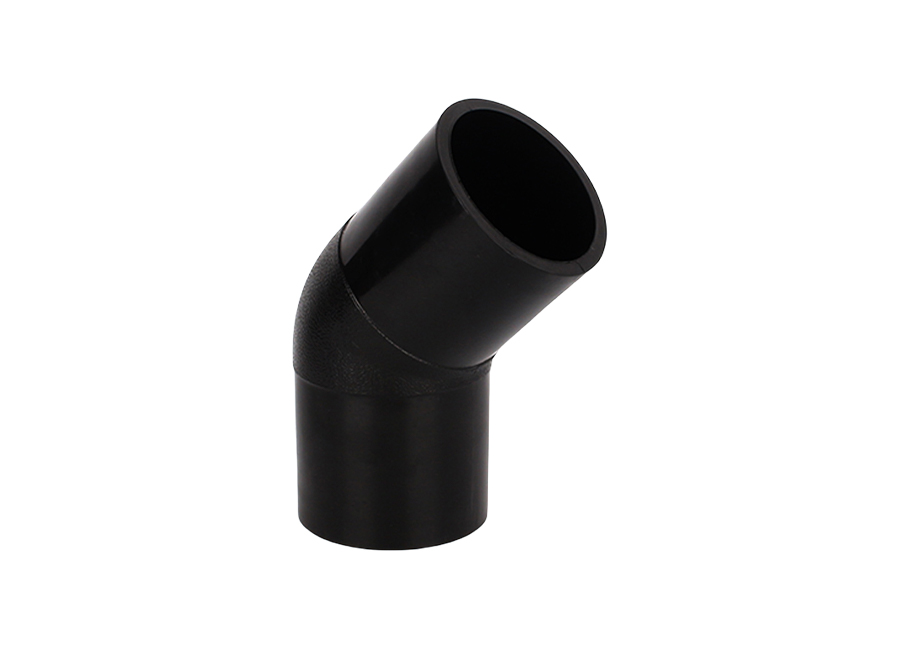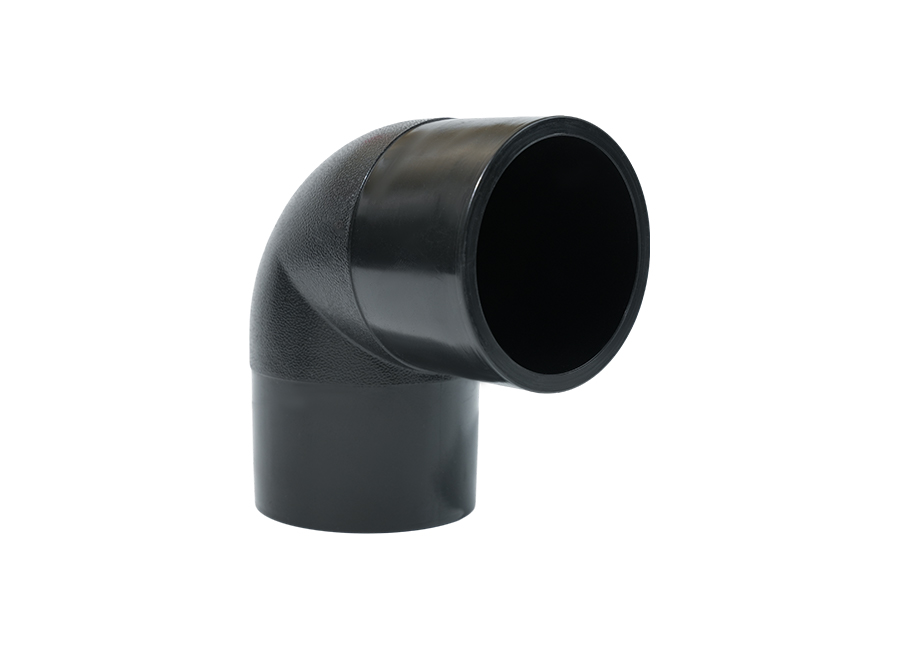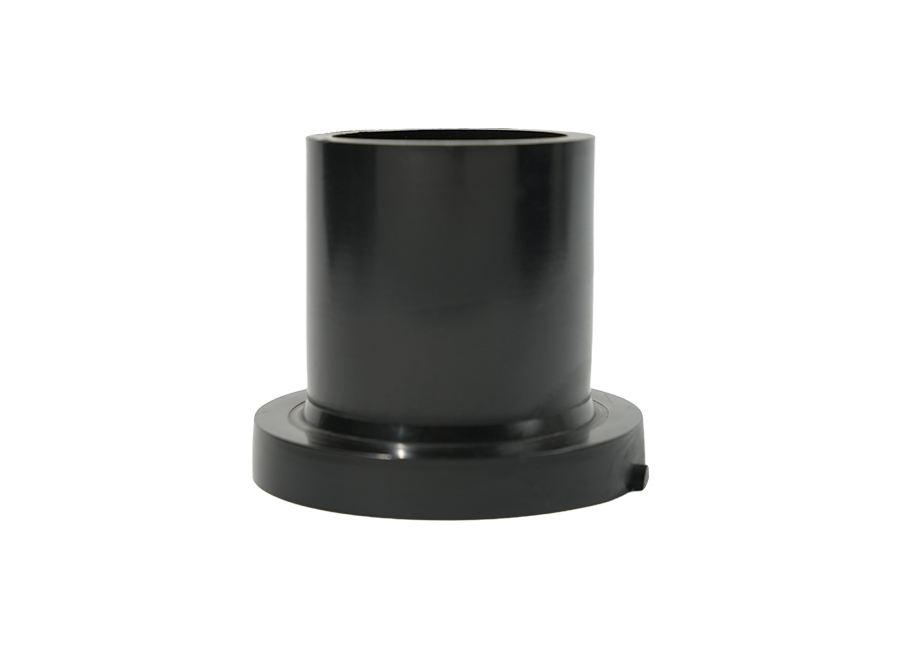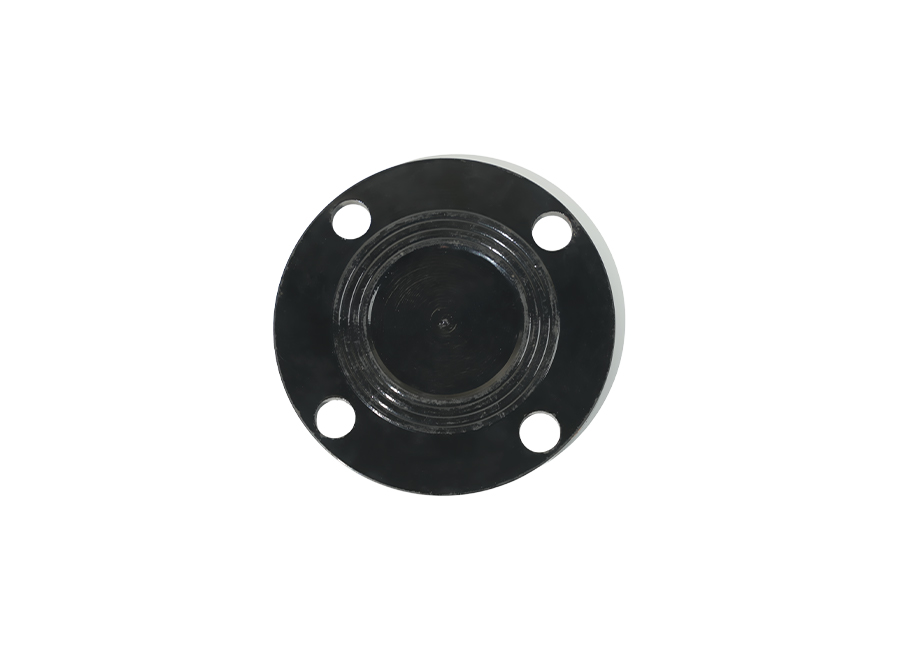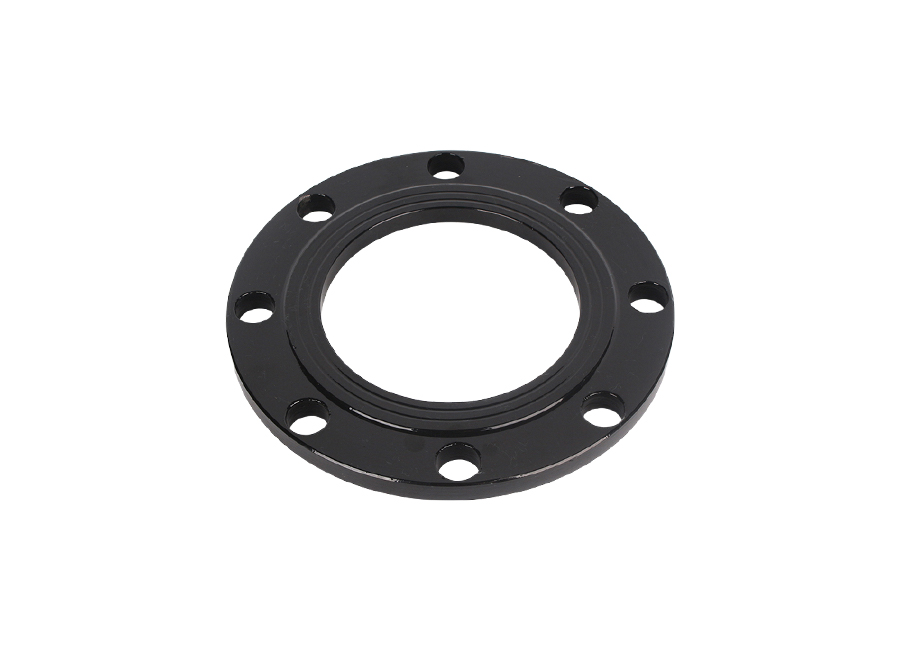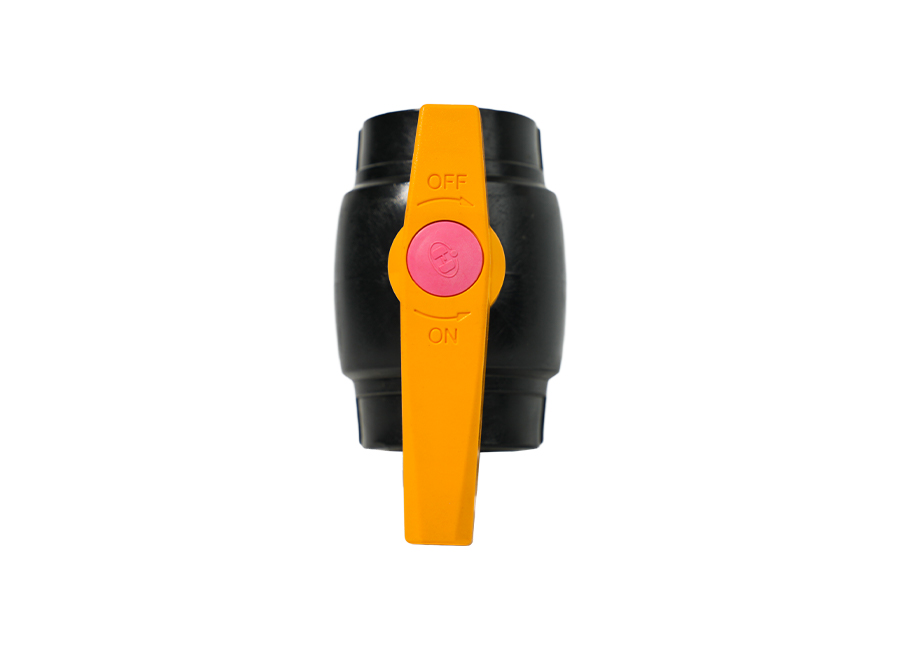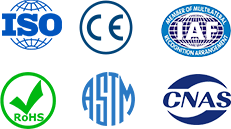Content
1. Six Core Functions of PVC Pipe
- Fluid Transport: A safe and efficient "pipeline network"
Water Supply System:
Used for hot and cold water transportation in homes and municipalities (UPVC and CPVC must be distinguished as they have different temperature resistances). Drainage and Sewage:
Building drainage, rainwater pipes, and septic tank connections are corrosion-resistant and resist scale formation.
Industrial Fluids:
Transport of acid and alkali liquids in chemical and electroplating plants (acid- and alkali-resistant PVC pipes are stabilized with special stabilizers).
- Power and Communications Protection: A "safety armor" for cables
Electrical Conduit:
Protecting indoor electrical wiring, flame retardant and fireproof (conforming to GB/T 14823 standards).
Communication Pipeline:
Underground pre-buried pipes for optical fiber and network cables, resistant to pressure and moisture.
- Agricultural Irrigation: The "artery of the field" for water conservation and increased
production
Drip/Sprinkler Irrigation Systems:
Lightweight and easy to lay, with strong weather resistance (applicable to temperatures ranging from -10°C to 60°C). Greenhouses:
Used as frames or water pipes, the cost is only 1/3 that of metal pipes.
- Structural Support: Lightweight building materials
Temporary building frames:
Construction site fencing, exhibition stand supports, removable and reusable.
Furniture DIY:
Cost-effectively create storage racks, lighting fixtures, and more (a popular material among influencers' home renovations).
- Environmental Protection and Healthcare: Specialized Applications
Medical Waste Pipes:
Chemically resistant drainage for hospital laboratories (medical-grade PVC certification required).
Ventilation Ducts:
Laboratory and factory exhaust systems, resistant to acids and alkalis.
- Cost and Construction Advantages
Low Price:
Cost is only 1/2 to 1/3 that of metal pipes.
Easy Installation:
Connect with adhesives or rubber rings, eliminating the need for welding, increasing construction efficiency by 50%.

2. PVC Pipe Application Examples in Different Industries
|
Industry |
Applications |
Core Requirements |
|
Construction Engineering |
Drainage Pipes, Electrical Wire Conduit, Ventilation Ducts |
Corrosion-Resistant, Flame-Retardant, Low-Noise |
|
Municipal Engineering |
Underground Sewage Pipes, Communication Pipes |
Compression-Resistant (SN8 Grade and Above), Long Life |
|
Agriculture |
Irrigation Main Pipes, Greenhouse Frames |
UV-Resistant, Lightweight |
|
Industrial |
Chemical Fluid Transport, Wastewater Discharge |
Acid and Alkali Resistant (pH 2-12) |
|
Home Furnishings |
Creative Furniture, Garden Hose |
Environmentally Friendly, Odorless, Flexible |
3. Core Advantages of PVC Pipe
- Corrosion Resistance: Rust- and scale-resistant, with a lifespan of up to 50 years (compared to 15-20 years for metal pipes).
- Lightweight: Density of 1.4g/cm³, making handling and installation easier (compared to steel pipes of the same specification, which weigh three times as much).
- Insulation and Flame Retardant: Oxygen index ≥45, self-extinguishing when removed from flames (compared to flammable PE pipes).
- Environmentally Friendly and Recyclable: Can be crushed and recycled, RoHS compliant.
4. Precautions for Using PVC Pipe
Temperature Limitation: Ordinary PVC pipe has a long-term operating temperature of ≤60°C. For high temperatures, choose CPVC (resistant to 90°C).
Impact Resistance: Brittleness increases at low temperatures (freeze-resistant PVC-M is recommended in northern regions).
Health and Safety: Water pipes should be lead-free (compliant with GB/T 17219 drinking water standards).

 English
English 中文简体
中文简体 русский
русский عربى
عربى


